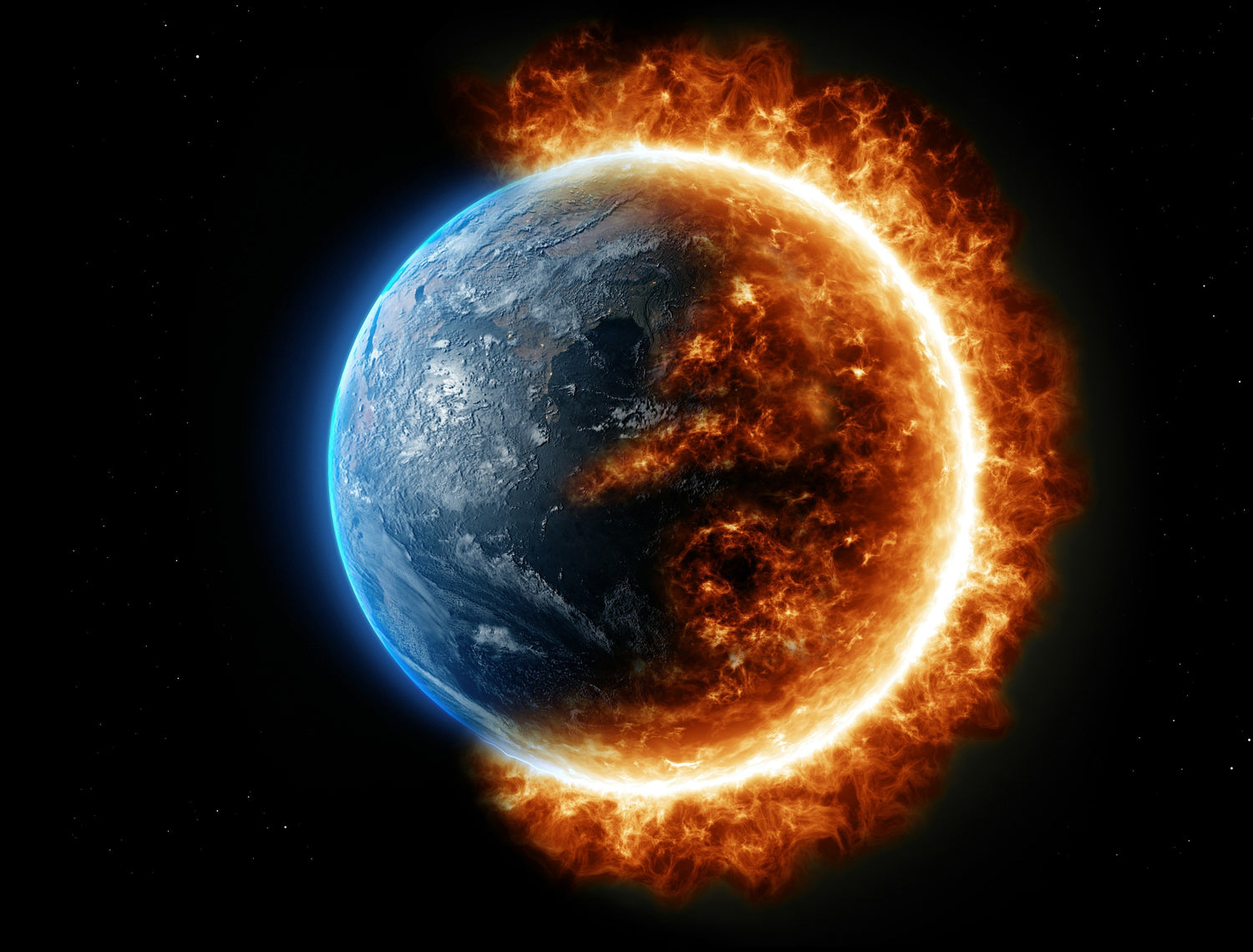When trade wars flare, inflation bites, and conflicts rage, it’s easy to wonder:
Can we still make progress in the fight against climate change — or are we being pulled backwards?
How Global Conflict Impacts Climate Action
The past few years have made one thing clear: sustainability doesn’t exist in a vacuum. It’s deeply tied to geopolitics, the economy, and human security.
When conflicts erupt, the environment often becomes collateral damage.
Examples of Conflict and Climate Impact:
- The war in Ukraine has destroyed forests, contaminated farmland, and forced Europe to temporarily revive coal plants — slowing the clean energy transition.
- Military operations are among the largest sources of hidden carbon emissions. Defense sectors, notably NATO members, often don't report their full environmental impact.
- Political instability shifts priorities: instead of investing in renewable energy, countries often divert funds toward defense and emergency spending.
When global systems are strained, climate commitments risk falling to the bottom of the agenda — just when we need them most.
How Trade Wars and Inflation Challenge Sustainability
Beyond armed conflict, trade tensions and economic instability are reshaping the fight against climate change:
Key Challenges:
- Tariffs on green technologies: Trade barriers between countries like the U.S. and China have made renewable energy components — such as solar panels and EV batteries — more expensive and less accessible.
- Inflation and material costs: The rising price of essential materials like lithium, organic cotton, and recycled polyester impacts the production of sustainable goods, making eco-conscious choices harder for consumers.
- Political shifts threatening climate policy:
In the U.S., Donald Trump's current campaign promises a rollback of Biden-era climate regulations — creating uncertainty around global climate leadership.
The Unexpected Push for Sustainability
Yet amid these challenges, there’s powerful momentum building:
Positive Shifts:
- Energy independence drives renewables:
After the Ukraine war exposed Europe’s energy vulnerabilities, countries like Germany fast-tracked wind and solar projects, realizing clean energy isn’t just about emissions — it’s about security. - Localized production reduces emissions:
With fragile global supply chains under pressure, more companies are moving manufacturing closer to home, cutting emissions tied to transportation and boosting local economies. - Climate resilience is a survival strategy:
From regenerative agriculture to durable fashion, there’s growing awareness that long-term sustainability is no longer a luxury — it’s essential.
Singulaar’s Commitment: Building Resilience, Step by Step
At Singulaar, we believe that sustainability means designing for resilience in an unpredictable world.
Here’s how we walk the talk:
- Using recycled and responsibly sourced materials to reduce environmental impact.
- Partnering locally and ethically to minimize the vulnerabilities of long supply chains.
- Creating durable, timeless sneakers that stand the test of time — reducing the need for constant consumption.
Because in a fragile world, what we build matters more than ever.
What You Can Do: Conscious Choices for a Sustainable Future
Even when the world feels unstable, your choices are powerful.
Here’s how you can make an impact:
- Support sustainable, ethical brands that prioritize people and planet.
- Choose quality over quantity to reduce waste.
- Stay informed — and demand climate action from leaders, even when other issues dominate the news.
Every conscious step we take matters. Every sustainable decision builds momentum.
Because no matter what’s happening on the global stage, the climate can’t wait.




Leave a comment
All comments are moderated before being published.
This site is protected by hCaptcha and the hCaptcha Privacy Policy and Terms of Service apply.